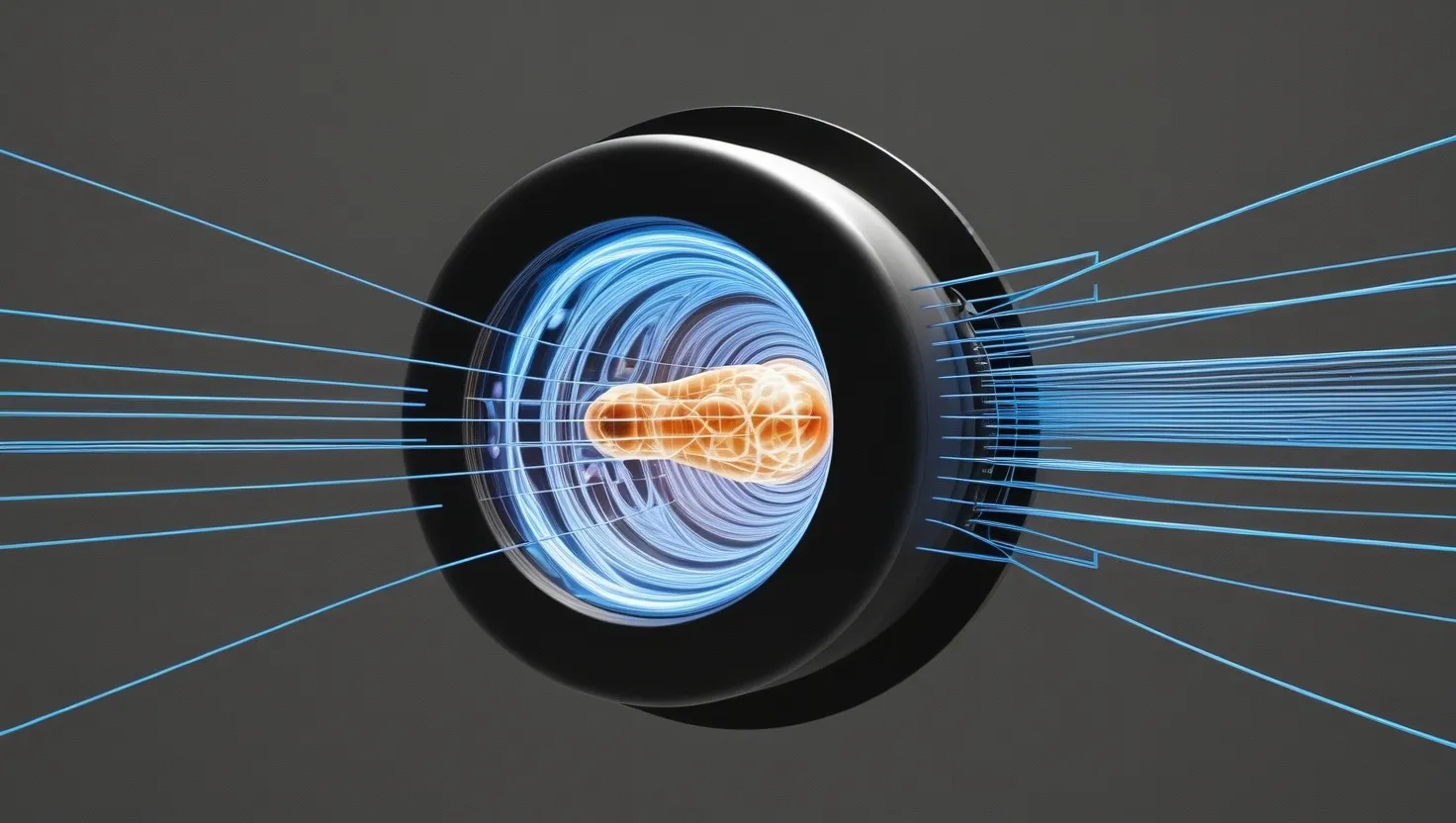Nuclear fusion has long been hailed as the holy grail of clean energy production. For decades, scientists and engineers have pursued this elusive technology, striving to replicate the power of the stars here on Earth. Recent years have seen remarkable progress, with several groundbreaking advances bringing us closer than ever to achieving practical fusion energy.
Let’s explore six extraordinary developments that are revolutionizing the field of nuclear fusion.
Magnetic confinement fusion has taken a giant leap forward with record-breaking plasma temperatures. At the heart of this approach lies the tokamak, a donut-shaped reactor that uses powerful magnetic fields to contain and heat plasma to extreme temperatures. In a stunning achievement, researchers at the Korea Superconducting Tokamak Advanced Research (KSTAR) facility maintained a plasma temperature of 100 million degrees Celsius for a staggering 30 seconds. This milestone represents a significant step towards sustaining the conditions necessary for fusion reactions.
The implications of this breakthrough are profound. Higher plasma temperatures increase the likelihood of fusion reactions occurring, potentially leading to greater energy output. Moreover, the ability to maintain these extreme conditions for extended periods brings us closer to the goal of continuous fusion operation.
But what challenges remain in pushing plasma temperatures even higher? And how might these advancements impact the design of future fusion reactors?
Inertial confinement fusion has also seen remarkable progress, particularly in the realm of advanced laser ignition systems. The National Ignition Facility (NIF) at Lawrence Livermore National Laboratory has been at the forefront of this technology. Using an array of 192 high-powered lasers, scientists at NIF achieved a historic milestone in 2022 by demonstrating net energy gain from a fusion reaction for the first time.
This breakthrough has energized the fusion community and sparked renewed interest in laser-driven approaches. Researchers are now exploring novel laser configurations and target designs to further improve efficiency and energy yield. The potential for compact, high-yield fusion reactors based on this technology is tantalizing.
“The pursuit of fusion is more than a scientific endeavor; it’s a testament to human ingenuity and our relentless drive to harness the power of the cosmos.” - Dr. Fatima Hassan, Fusion Physicist
As we push the boundaries of plasma physics and engineering, artificial intelligence has emerged as a powerful ally in the quest for fusion energy. AI-optimized plasma control systems are revolutionizing how we manage and manipulate the complex, turbulent behavior of fusion plasmas.
Machine learning algorithms are being employed to predict plasma instabilities and optimize magnetic field configurations in real-time. This level of precise control was previously unattainable with traditional methods. The result? Improved plasma stability, longer confinement times, and ultimately, better fusion performance.
One particularly exciting application of AI in fusion research is in the realm of scenario planning. By simulating countless fusion reactor scenarios, AI systems can identify optimal operating parameters and predict potential failure modes. This not only accelerates the development process but also enhances safety and reliability.
How might AI continue to transform fusion research in the coming years? Could we see fully autonomous fusion reactors in the future?
The development of high-temperature superconducting (HTS) magnets represents another quantum leap in fusion technology. These advanced magnets, capable of generating incredibly strong magnetic fields while consuming less power than their conventional counterparts, are poised to revolutionize fusion reactor design.
Commonwealth Fusion Systems, a spin-off from MIT, has been at the forefront of HTS magnet development for fusion. Their demonstration of a 20-tesla HTS magnet in 2021 marked a significant milestone. These powerful magnets enable the construction of smaller, more efficient fusion reactors, potentially accelerating the path to commercial fusion power.
The impact of HTS magnets extends beyond just size and efficiency. They open up new possibilities for reactor designs and could lead to more stable plasma confinement. As we continue to push the limits of magnetic field strength, what new frontiers in fusion science might we uncover?
Fuel pellet design plays a crucial role in the efficiency of fusion reactions, particularly in inertial confinement approaches. Recent advances in this area have led to significant improvements in fusion yield and energy output.
Researchers are exploring novel pellet compositions and geometries to optimize the compression and heating of fusion fuel. One promising approach involves the use of layered pellets with carefully engineered impurities. These impurities can enhance the absorption of laser energy, leading to more uniform compression and higher fusion rates.
Another innovative concept is the development of “wetted foam” fuel pellets. These pellets consist of a low-density foam structure infused with fusion fuel, allowing for more efficient and uniform compression when hit by lasers.
As we continue to refine fuel pellet designs, how might this impact the overall efficiency and viability of fusion energy production?
Perhaps one of the most exciting developments in fusion technology is the emergence of compact fusion reactor prototypes. Several private companies and research institutions are pursuing designs that aim to dramatically reduce the size and cost of fusion reactors, potentially bringing commercial fusion power within reach.
These compact designs leverage advanced technologies like HTS magnets and innovative plasma confinement concepts to achieve fusion in smaller, more manageable reactors. Companies like Tokamak Energy and General Fusion are leading the charge, with ambitious plans to demonstrate net energy gain from compact fusion devices within the next decade.
The potential implications of successful compact fusion reactors are staggering. We could see fusion power plants small enough to fit on the back of a truck, providing clean, abundant energy to remote locations or disaster-stricken areas.
“Fusion is not just about creating energy; it’s about creating possibilities. It’s about imagining a world where clean, limitless power is available to all.” - Dr. Hiroshi Yamamoto, Fusion Engineer
As we stand on the cusp of a fusion energy revolution, it’s worth reflecting on the incredible journey that has brought us here. Each breakthrough, each setback, and each moment of inspiration has contributed to our current understanding and capabilities.
The path to practical fusion energy remains challenging, but the progress we’ve witnessed in recent years is undeniable. From record-breaking plasma temperatures to AI-driven control systems, from advanced magnets to innovative fuel designs, the fusion landscape is evolving at an unprecedented pace.
What role will fusion play in our future energy mix? How might the availability of abundant, clean fusion energy reshape our societies and economies?
As we continue to push the boundaries of science and engineering, one thing is clear: the dream of harnessing the power of the stars is closer to reality than ever before. The fusion revolution is upon us, and its potential to transform our world is limitless.






